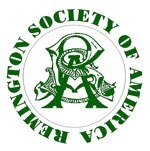
Well, as we learned during our early firearms training and from the first days we handled guns… “Alcohol and guns
don’t mix!” But, in the 1870s and ’80s, two companies in upstate New York that made guns and wine did mix… and it
wasn’t about drinking and shooting.
The Finger Lakes area is a rich agricultural area that combined fecund soil, plentiful water and abundant sunlight. It contin-
ues to be a very productive area for the production of fruit, vegetables, and livestock. The area was originally opened up by the
coming of the Erie Canal, which was completed in 1825. This allowed the relatively inexpensive shipment of agricultural and
manufactured products throughout the markets in the eastern cites and states. Immigrants from Europe that moved into the area
brought the skills needed to produce wine, and the Finger Lakes area is still known for is varietals grape products… and this is
where the connection begins.
The Pleasant Valley Wine Company was founded in 1860, which made it the first winery in the Finger Lakes area and it is still
in business. Charles Davenport Champlain and twelve local businessmen, with $10,000 in capitalization – a princely sum on the
eve of the Civil War – began the concern. The firm was located two miles south of Hammondsport, New York. This is the town
that is listed on some the correspondence mentioned in this article.
Their products consisted of red and white wines as well as a “sparking or champagne wine” according to one of the
enclosed letters. The Pleasant Valley Wine Company currently produces red, white, blush and sparkling wines, according to their
website, which states:
In March 1871, Mr. Champlain sent a case of champagne to his close friend, Marshall P. Wilder, who was a well-known wine
connoisseur in Boston. After introducing it at a dinner party at the Parker House, Wilder declared it to be “the Great Champagne of the Western World.” The champagne was thus dubbed “Great Western”.
A plaque on the building proudly lists the early owners and investors. One is D. Bauder, Esquire. Somewhere at the
beginning of the company he functioned as their attorney. He was a resident of the city of Rheims and began a correspondence
and exchange of goods with E. Remington and Sons, which sheds some light on the connection between the two companies. It
also gives us a chance to the how Remington supported a shooter and his company. The proximity to Ilion meant that visits
were probably frequent.
| Page 24 | 2nd Quarter 2008 |
The earliest letter we have is |
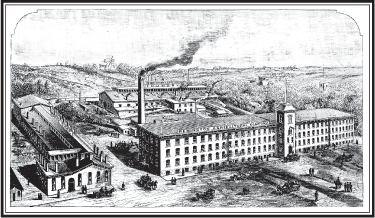 |
Favors were part of this
correspondence as Mr. Bauder
was an active shooter and this is
the second element of the
correspondence. Over a number of years the Remington Armory
offered him advice on Creedmoor shooting and the reloading of
centerfire cartridges. Remington also sold the winery Hazard
Duck Powder, Remington bullets, and primers.
The letter to D. Bauder on August 7, 1882 (see below) |
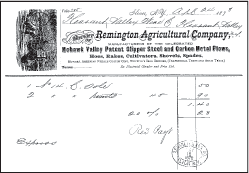 |
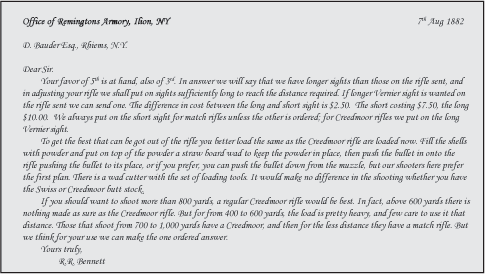
| Page 25 | 2nd Quarter 2008 |
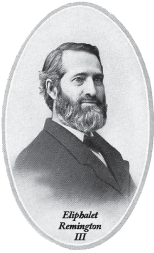 |
Interestingly enough, the letter is typed not hand
Mr. Bauder and his company was considered |
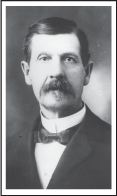 |

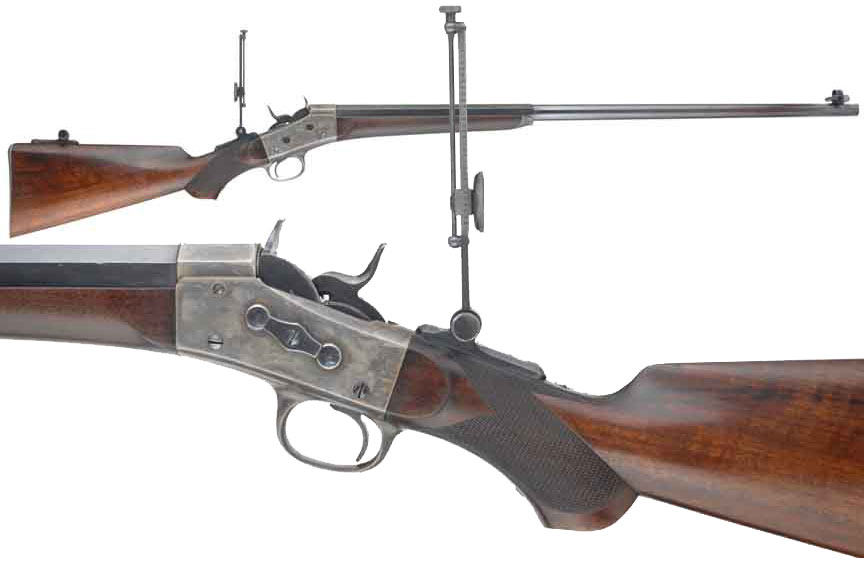
| Page 26 | 2nd Quarter 2008 |
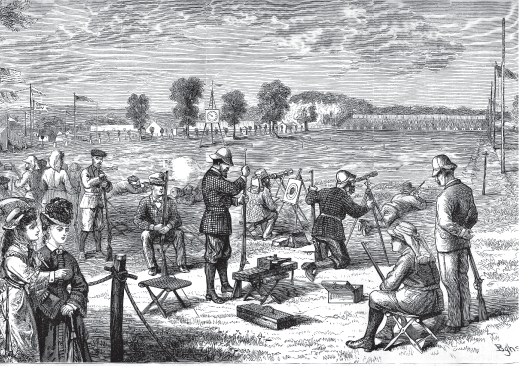

Serial number 8200 (David Squier Collection)
What the favor was and how it related to the hard-to-read December 1st letter is not known. Walker, later known for his
important work on the Remington-Hepburn Walker Schuetzen rifle helped him with repairs and shooting matters. There obvi-
ously was a good relationship there and Remington was close to their shooters at this time.
The other part of the relationship concerned the winery’s need for agricultural implements. One invoice shows the pur-
chases of one “N 14 C. Sole at 50” and two “N 14 C. homits at 45¢ eac” The description and use of these products eludes
this writer. Maybe a reader will know what this is and their use, but the Remington Agricultural Company letterhead shows that
they made more than metal plows. There is some correspondence that Bauder had with other wine and liquor companies that
indicate their connection with others in that industry. Alcohol is an old product in America and its production dates from the
earliest settlers.
| Page 27 | 2nd Quarter 2008 |
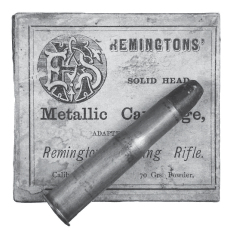 .40-70 Remington Centerfire manufactured by E. Remington & Sons (Lou Behling collection) |
 Remington “Special” centerfire ammunition manufactured by E. Remington & Sons (Lou Behling collection) |
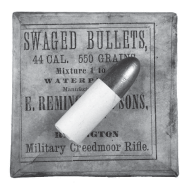 .44-550 Remington paper-patched bullets manufactured by E. Remington & Sons (Lou Behling collection) |
 .44-90 Remington “Special” centerfire ammunition manufactured by E. Remington & Sons (Lou Behling collection) |
|
.44-550 Remington paper-patched bullets manufactured by E. Remington & Sons (Lou Behling collection) |
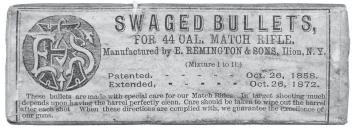 |
| Page 28 | 2nd Quarter 2008 |
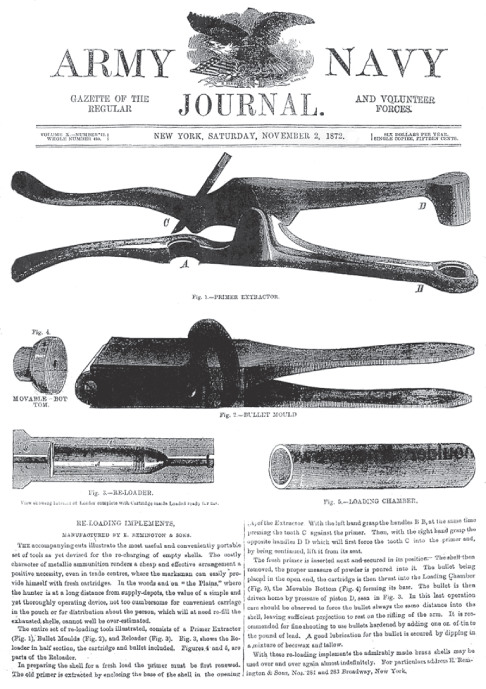
| Page 29 | 2nd Quarter 2008 |
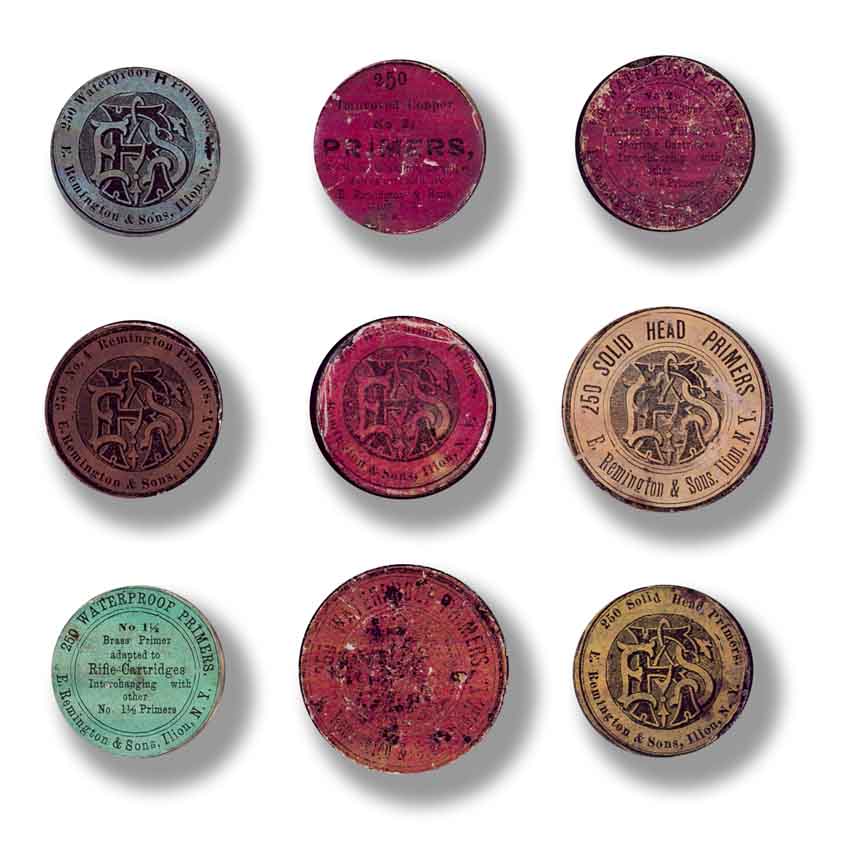
Various primers manufactured by E. Remington & Sons
(Lou Behling collection)
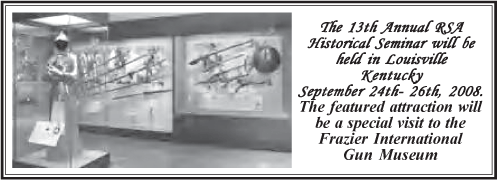
| Page 30 | 2nd Quarter 2008 |
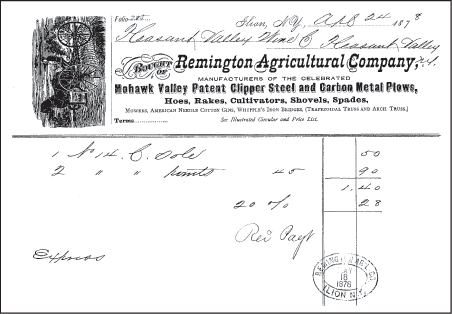
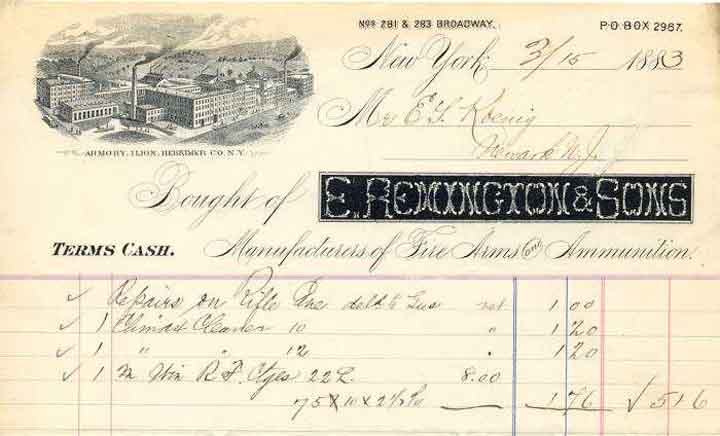
The correspondence reveals an interesting connection between two parts of the E. Remington & Sons company
and the shooter and agriculturist. As other letters surface then we can add more information to this interesting relation-
ship. These letterheads are also a fascinating display of the various engraving styles used at that time… and for a time
in the 1870s and ’80s, guns and alcohol did mix.
| Page 31 | 2nd Quarter 2008 |
| On-line Search/Sort Journal Index |
On-line Journal Articles New Journals have links to
|
